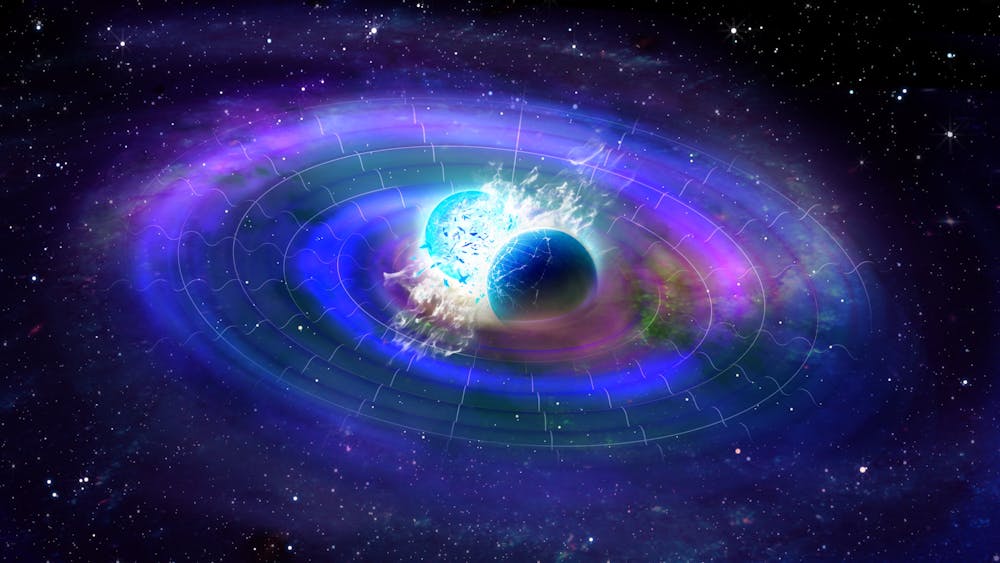As we hop back into school after Fall Break, let’s review some of the biggest headlines in science. This week features stories about malaria vaccines, weight loss drugs, gravitational wave observations and lithium-ion batteries.
The WHO gives updates on malaria vaccine
At the American Society of Tropical Medicine and Hygiene meeting on Oct. 20, the WHO updated the scientific community on the malaria vaccine. The RTS,S vaccine was approved by the WHO in October 2021. In the four years since the vaccine pilot program began, it has been administered to over a million children in areas of high risk for malaria transmission. In Africa, there has been a 13% decrease in deaths due to malaria and a 22% decrease in severe malaria among young children due to the vaccine.
The vaccine is a series of three shots given to children between five months and two years old. One of the main concerns during the development of the RTS,S vaccine was ensuring it did not interfere with the proper administration of other vaccines, this was a concern that has not been borne out. In the next three years, the WHO plans to administer the RTS,S vaccine to 18 million children with 17 new countries participating in the rollout. However, concerns about the availability still exist as it costs around $10 per dose. Recently, the WHO authorized the use of the R21 vaccine, a second malaria vaccine, which will be cheaper and hopefully make malaria vaccination available to everyone who needs it.
New concerns about the side effects of weight-loss drugs
Medications like semaglutide (commonly known as Ozempic) are becoming increasingly popular for their weight loss results. Initially designed as a diabetes treatment by mimicking a hormone called glucagon-like peptide 1 (GLP-1), these types of medication have been shown to reduce weight by an average of 21% for certain drugs. However, questions about the side effects of these medications are popping up with concerns of gastrointestinal problems.
There has been a lot of interest in the nausea side effects of these medicines. Researchers at the University of British Columbia looked at other more serious gastrointestinal side effects in a research letter published in the Journal of the American Medical Association. By looking at a large database of people with obesity, the authors found that there was a 4.6 times increase in the incidence of pancreatitis in patients taking semaglutide compared to patients taking other types of medications. There was also an increase in the incidence of gastroparesis and bowel obstruction. The medications are often being prescribed off-label, which creates concerns about whether patients are being properly informed of potential side effects.
New methods allow LIGO to go beyond the quantum limit
The Laser Interferometer Gravitational-Wave Observatory (LIGO) at the California Institute of Technology first detected gravitational waves generated by colliding black holes in 2015. This incredible achievement in physics led to the key creators of LIGO winning the 2017 Nobel Prize in Physics. It works by measuring incredibly small changes in the stretching of space-time. However, quantum noise limits the sensitivity of these measurements, preventing more accurate readings.
A new method called quantum squeezing has allowed physicists to avoid these limitations and detect 60% more mergers compared to before. This technique works by pushing the quantum noise from one place to another by squeezing light in a very specific way. This allows for higher precision measurements for frequencies in the range of interest by sacrificing precision in measurements of out-of-range waves. A review paper detailing this process was recently submitted to Physical Review X. This technique has been in development since the 1970s when it started out as a theory. Now, scientists are looking to collect more data with this technique and find new ways to push the limit even further.
Researchers find new low-temperature method of cathode synthesis
Researchers at Hokkaido University and Kobe University discovered a new, easier way to synthesize lithium cobalt oxide, the cathode component of lithium-ion batteries. These batteries are the most commonly used batteries in the world with growing usage in electric cars and electronic devices. Currently, the methods to create lithium battery cathodes require temperatures of up to 800 degrees Celsius and take around 10 hours.
In their paper published in Inorganic Chemistry, the researchers detailed their new hydroflux process. They used water molecules to promote the formation of highly structured, layered crystals. Usually, this synthesis is done in a solid-state form, but by using water they can reduce the required temperatures in the synthesis process. This new process takes place at 300 degrees Celsius and can be done in 30 minutes. Their method produced a product with only some minor decreases in electrochemical properties compared to the traditional method. The researchers are now focusing their efforts on refining this process so it is more efficient and the product is of similar quality to the solid-state method.





